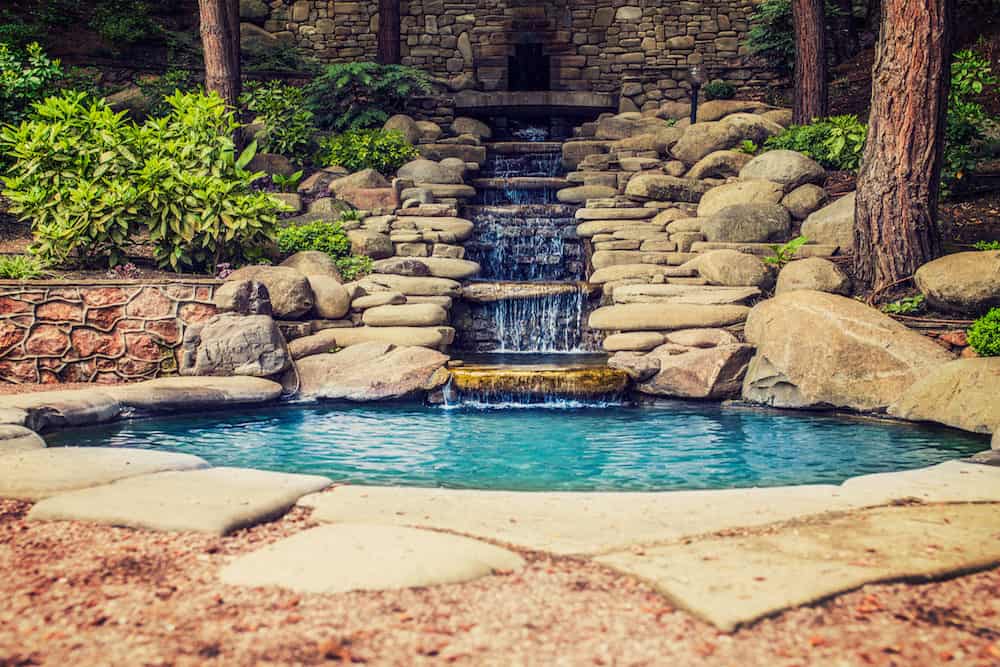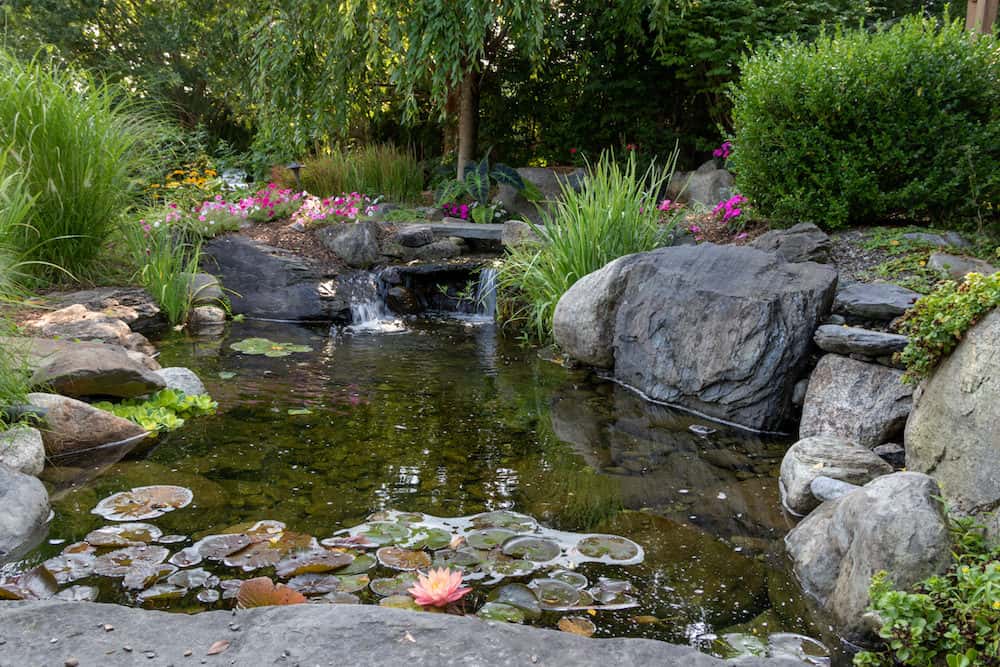When digging or redoing a pond, you must let nature take its course to fill the pond with water before it is suitable for fish. But how long do you leave a new pond before adding fish? In short, the answer is 72 hours to 2 weeks.

The 72 hour to 2-week time frame allows the water temperature to level out and the chemistry of the water to become suitable for the fish.
If you do not adhere to the necessary time frame, your new fish could lead a short life. Whether you are digging a new pond from scratch or draining and refurbishing an old one, the need to stock fish after completion is imminent.
We will discuss why you must let your pond sit for at least 72 hours before adding fish and what other aspects make a pond suitable for fish to maintain long, healthy lives.
Waiting is never fun, especially when it is something you have been looking forward to for a long time. However, when it comes to adding fish to a pond, the waiting game is one of the aspects that will determine the fish’s lifespan. Therefore, it’s essential to understand how long to leave a new pond before adding fish.
The main factor that contributes to the seemingly endless wait to add fish to your new pond is the water temperature. If the temperature of the pond water varies by 15 degrees or more than water they are currently stored in, do not add the fish to the pond.

Allowing the pond to sit for at least 72 hours regulates the temperature to ensure it is suitable for the fish. If the temperature varies more than 15 degrees, the sudden temperature shock can harm the fish. This is why the waiting period to add the fish to the pond has such a great variance. The general rule of thumb is the water must be at least 60 degrees Fahrenheit before the fish is introduced to the pond.
If you have a large pond, it will take longer to reach the necessary temperature. Similarly, if rainwater fills the pond, the water will likely reach the necessary temperature faster than water from a well. The time of year also plays an integral role in the length of time needed before the fish receive their introduction.
Not all ponds are suitable for fish. Ponds with treated water can prove harmful to fish, especially if the pH levels are less than 7.2 or greater than 7.8. If the water the fish is introduced to is chlorinated, it can cause fish to live a short lifespan. Therefore, if you are filling your small pond with chlorinated or tap water, ensure you dechlorinate before adding fish.

The size of the pond is also a factor to consider before adding fish to your new body of water. Varying types of fish require different water depths and volumes to survive efficiently. For instance, a koi fish requires a 3-foot water depth with 50-gallons of water per fish.
On the other hand, some types of goldfish require 10 to 20 gallons of water per fish. Before adding fish to your pond, ensure the size of the pond is suitable for the fish, as an overcrowded pond can hinder the growth of the fish and decrease their lifespan, as well as leading to a group of stressed fish.
As previously mentioned, the size of the pond will determine the type of fish you can successfully add to your pond. Ensure to research the type of fish you are going to add to your pond and their water requirements to ensure your pond is suitable.
Another consideration to what fish to add to your backyard pond is the various types of fish that can cohabitate. For instance, the typical pond stocked for fishing that you find on a farm is generally stocked with catfish, bass, and bluegill. These three types of fish can successfully live in the same pond if the pond meets the volume requirement.

For the more scenic and landscape-type ponds, koi, goldfish, and minnows are often found swimming together in peace. Conversely, goldfish cannot successfully become pond mates with tropical fish as goldfish tend to grow at a more rapid rate than most tropical fish and could become prey.
Before stocking your fish pond, understand what types of fish are successful pond mates and which may not survive together.
Waiting the necessary length of time before adding fish to a pond, while difficult, may not be the most stressful part of stocking your fish pond.
Introducing fish to a pond is a time-consuming and meticulous task that must be completed properly if you want your fish to experience a long lifespan. To introduce fish to a pond successfully, you must release the fish in stages and monitor how they react to the water.

If the released fish seem to be adjusting well to their new climate, continue to add the fish in small batches at a time, ensuring not to overcrowd the pond.
Believe it or not, fish can get scared easily, which causes them to jump out of the water as they are trying to adjust to their new climate with their friends. If you notice the fish jumping out of the water, check the water temperature and pH levels to ensure they are within the proper range.
Just as the fish have to acclimate themselves to their new environment, the pond must do the same. The stages of introducing fish to the pond also help the pond adjust its environment to better suit the fish.
If you are stocking a large fishing pond out on the farm, you generally let nature take its course with natural plant and pond algae growth. This algae and the wild pond weeds help maintain the pond and provide a food source for the fish. Conversely, various types of fish help maintain ponds by eating the algae to ensure it does not take over the pond.
If you have a pond for landscaping purposes with koi and goldfish, you may be required to regularly feed your fish. While they do eat algae, the size of the pond may not produce enough algae to sufficiently feed them.

You may also want to consider planting water foliage in the pond. This can create a better environment for the fish and oftentimes becomes a focal point of your small pond.
Another aspect to consider when making the necessary steps to ensure your fish survive is to keep an eye on pond water levels. If you notice that the water level isn’t as high as it used to be, consider adding water to maintain the water requirements for the varying types of fish in your pond.
When adding water to an already stocked pond, be careful not to adjust the water temperature more than 15 degrees so as not to have the water change shock the fish. If you need to add more water but cannot without changing the temperature, consider removing the fish from the pond and waiting until the water has reached optimal temperature before adding them back in.
New pond syndrome can generate the excitement of wanting to transfer your koi fish into the pond too early, which in turn, can lead to trouble. Make sure to have all of your necessary pond supplies, including aquatic plants, and do not transfer any of your fish until the pond water is at its optimal level for their continued survival.



